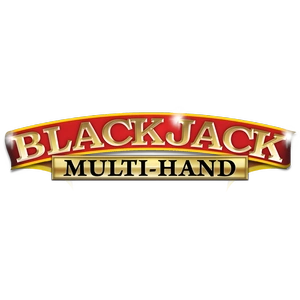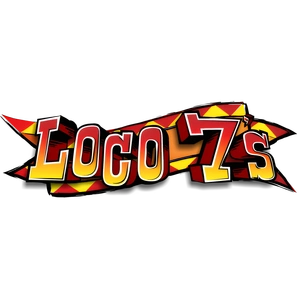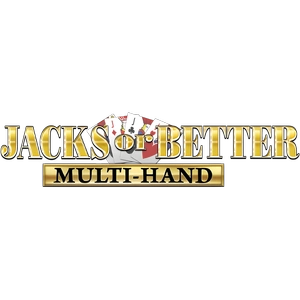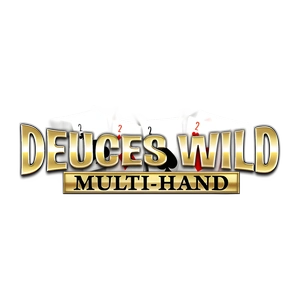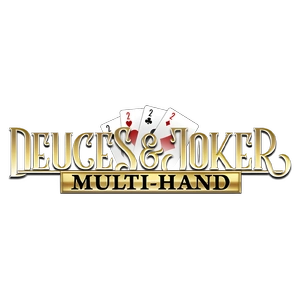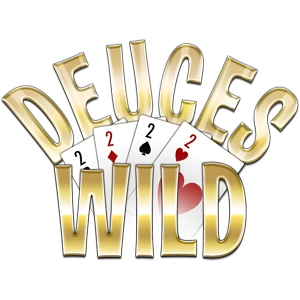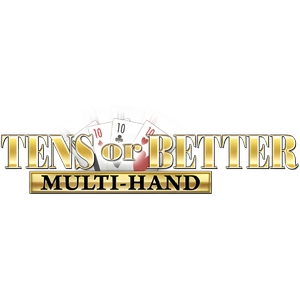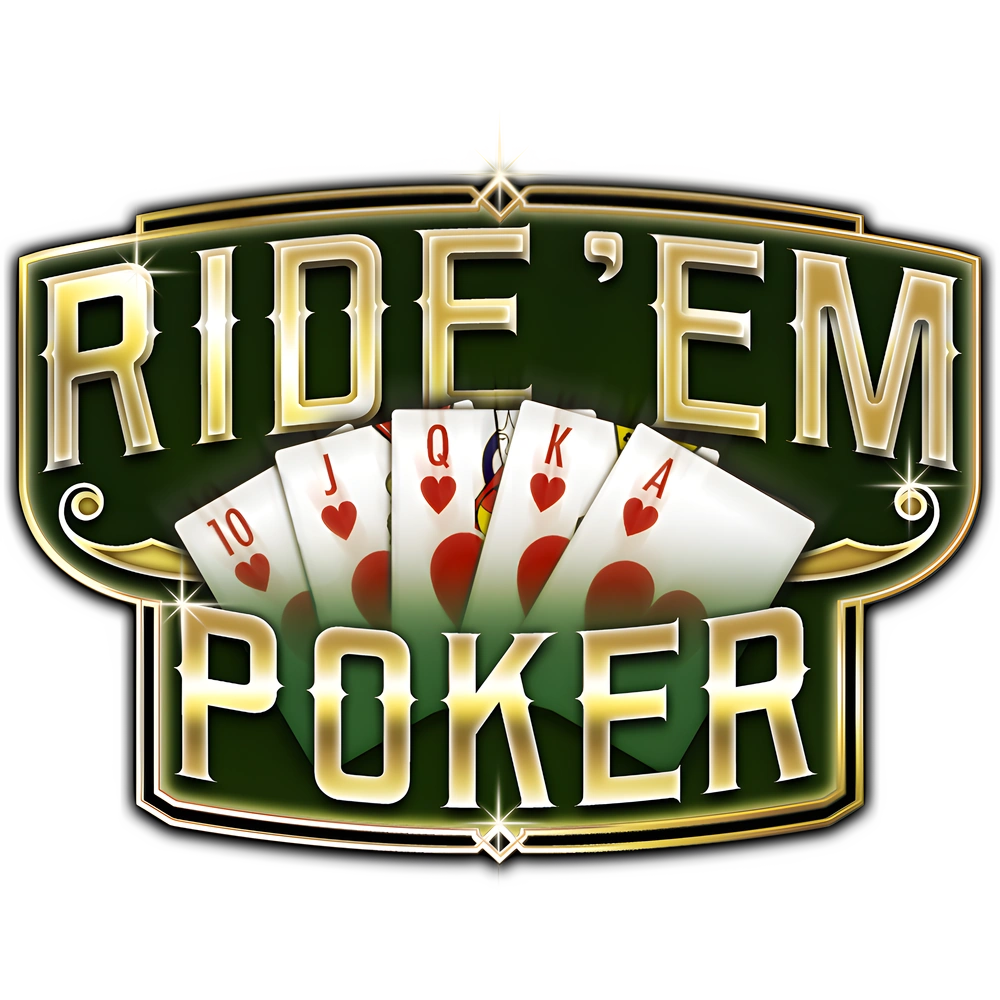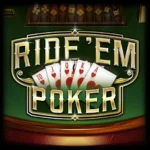Ride ’em Poker offers a compelling blend of classic poker strategy and unique player control, providing a refreshing alternative to traditional casino games. Unlike playing against other individuals, in Ride ’em Poker, you compete against a fixed paytable, striving to build the best five-card poker hand from your initial cards and shared community cards. This guide delves into the game’s mechanics, strategic depth, and why it appeals to both novice and seasoned players seeking a balanced mix of enjoyment and value.
Three Bets, Two Chances to Decide
At its heart, Ride ’em Poker distinguishes itself through an interactive betting structure. You begin each hand by placing three equal wagers on designated spots. As the hand unfolds, you’re given two critical opportunities to adjust your total bet based on the strength of your developing hand. This dynamic allows for strategic decision-making that influences your risk and potential reward.
Here’s a breakdown of the betting phases:
- Initial Wager: Place three equal bets. This commitment initiates the hand.
- Your First Three Cards: You receive three personal cards face up, forming the foundation of your potential five-card hand. Two community cards are dealt face down.
- Decision Point 1: After Your Three Cards: Evaluate your initial three cards.
- Withdraw: If your hand is weak (e.g., disconnected low cards, no immediate draws), you can withdraw your first wager, reducing your risk.
- “Let it Ride”: If your hand shows promise (e.g., a pair, strong straight/flush draws), you can choose to keep all three bets, indicating confidence in your hand’s potential.
- First Community Card Revealed: The first of the two community cards is turned face up, giving you a four-card perspective on your hand.
- Decision Point 2: After the First Community Card: Re-evaluate your hand with the new community card.
- Withdraw: If your hand still lacks significant potential, you can withdraw your second wager. The third bet is mandatory and cannot be withdrawn.
- “Let it Ride”: If your hand has improved, or offers strong potential for a qualifying hand, you keep your remaining bets in play.
- Second Community Card Revealed & Hand Completion: The final community card is revealed, completing your five-card hand.
- Hand Evaluation and Payouts: Your final hand is compared against the game’s payout table. You win based on the strength of your hand, with a minimum qualifying hand typically being a Pair of Tens or Better.
This interactive process provides a unique player experience, placing decision-making at the forefront of every hand.
Payout Structure
Ride ’em Poker offers competitive payouts for various poker hands, encouraging players to aim for higher-ranking combinations. The game’s appeal is significantly boosted by the substantial rewards for top-tier hands.
Common payouts include:
- Royal Flush: 250 to 1
- Straight Flush: 50 to 1
- Four of a Kind: 25 to 1
- Full House: 12 to 1
- Flush: 10 to 1
- Straight: 8 to 1
- Three of a Kind: 3 to 1
- Two Pair: 2 to 1
- Tens or Better (Pair of 10s, Jacks, Queens, Kings, Aces): 1 to 1
The prospect of a Royal Flush paying 250 times your final wager adds a significant layer of excitement and incentive to the game.
Understanding a game’s Return to Player (RTP) and volatility is essential for informed play. Ride ’em Poker typically features an RTP of approximately 97.04%.
- Return to Player (RTP): This percentage represents the theoretical long-term payout of the game. An RTP of 97.04% means that, over countless hands, the game is statistically expected to return $97.04 for every $100 wagered. This indicates a favorable house edge, offering players a fair chance of success over time.
- Low Volatility: Ride ’em Poker is characterized by low volatility. This means that wins and losses tend to be more consistent and less prone to drastic swings over short periods. While substantial payouts for rare hands like a Royal Flush exist, the overall game experience provides a steady progression, making it suitable for players who prefer a more stable bankroll management approach.
When to “Ride” or Withdraw
Ride ’em Poker involves intuitive strategic decisions at each withdrawal point. The core of your strategy revolves around assessing your hand’s potential and managing your risk.
Decision Point 1: After Your Three Cards
- Withdraw (Bet 1): Consider withdrawing if your three cards are disconnected, low, and offer no clear path to a qualifying hand (e.g., 2, 7, Q of different suits). This minimizes potential losses on weak starts.
- “Let it Ride” (Keep all three bets): Keep your bets in if you have a strong starting hand. This includes any pair (especially 10s or better), three cards to a Royal Flush or Straight Flush, or three cards to a Straight or Flush with good connectivity. High cards like Ace-King-Queen, even if unsuited, also warrant keeping the bet.
Decision Point 2: After the First Community Card
- Withdraw (Bet 2): If your hand, after the first community card, still doesn’t form at least a Pair of Tens or Better, or a strong four-card draw (e.g., four to an open-ended straight or flush), it’s often advisable to withdraw your second bet. This prudently limits your exposure to a hand with low improvement odds.
- “Let it Ride” (Keep remaining bets): If you have any pair of 10s or better, any four cards to a Royal Flush/Straight Flush/Four of a Kind, or strong four-card draws to a Flush or Straight, you should generally keep your bets in. These hands offer high potential for a significant payout.
Remember, the goal is not merely to achieve a winning hand but to secure one strong enough to justify the commitment. Practicing these decisions in demo mode can significantly enhance your understanding and confidence.
Ride ’em Poker offers a uniquely engaging player experience that sets it apart:
- Interactive Decision-Making: The core “ride” mechanic empowers players with genuine choices throughout the hand, making the game feel more skill-based and less purely random.
- Suspense and Excitement: The anticipation of the community cards, combined with the strategic choices, creates a constant buzz of excitement as you hope your hand improves.
- Accessible Yet Deep: The rules are straightforward enough for new players to grasp quickly, while the strategic nuances of bet management provide ample depth for experienced poker enthusiasts.
- Solo Play: It offers the intellectual challenge of poker without the competitive pressure of playing against other individuals. It’s you against the paytable, focused on optimizing your own hand.
- Balanced Risk and Reward: With a favorable RTP and low volatility, Ride ’em Poker provides a stable gaming environment with exciting payout potential, aligning with a preference for fun backed by tangible value.
Ride ’em Poker delivers a compelling blend of poker strategy and dynamic gameplay. Its interactive betting system, combined with a rewarding payout structure and favorable metrics, makes it a standout choice for those seeking an engaging and potentially lucrative casino experience. It’s more than just a card game; it’s a strategic journey where your confidence dictates the ride.
Why Players Play Ride em Poker?
In Ride ’em Poker, getting a Royal Flush (the highest possible hand) will reward you with a payout of 250 times your original bet. With a return to player (RTP) rate of 97.00%, this indicates that, on average, for every $100 wagered, a player can expect to receive $97 in winnings. Additionally, Ride ’em Poker has low volatility, which means there is a relatively lower risk of experiencing significant swings in your bankroll. This combination of a high payout for a Royal Flush, along with a favorable RTP and low volatility, makes Ride ’em Poker an appealing choice for those looking to play Poker games for real money.
Whats To Like About Ride em Poker?
- Test your poker skills and win big at Slotified Casino with Ride ’em Poker.
- This exciting game follows the rules of Let-it-Ride Poker.
- Make three equal bets and aim for a hand with at least a pair of tens to win.
Game Release Date
On January 10, 2006, the New Horizons spacecraft was launched to explore Pluto, which was coincidentally as exciting as winning a jackpot in Ride em Poker 3 – it’s all about exploring the unknown, whether in outer space or at the online poker table!
What is the payout for getting a Royal Flush in Ride ’em Poker?
The payout for getting a Royal Flush in Ride ’em Poker is 250 times your original bet.
What is the return to player (RTP) rate for Ride ’em Poker?
The return to player (RTP) rate for Ride ’em Poker is 97.00%, which means that on average, for every $100 wagered, a player can expect to receive $97 in winnings.
Is Ride ’em Poker a high-risk game for significant swings in bankroll?
No, Ride ’em Poker has low volatility, which means there is a relatively lower risk of experiencing significant swings in your bankroll.




